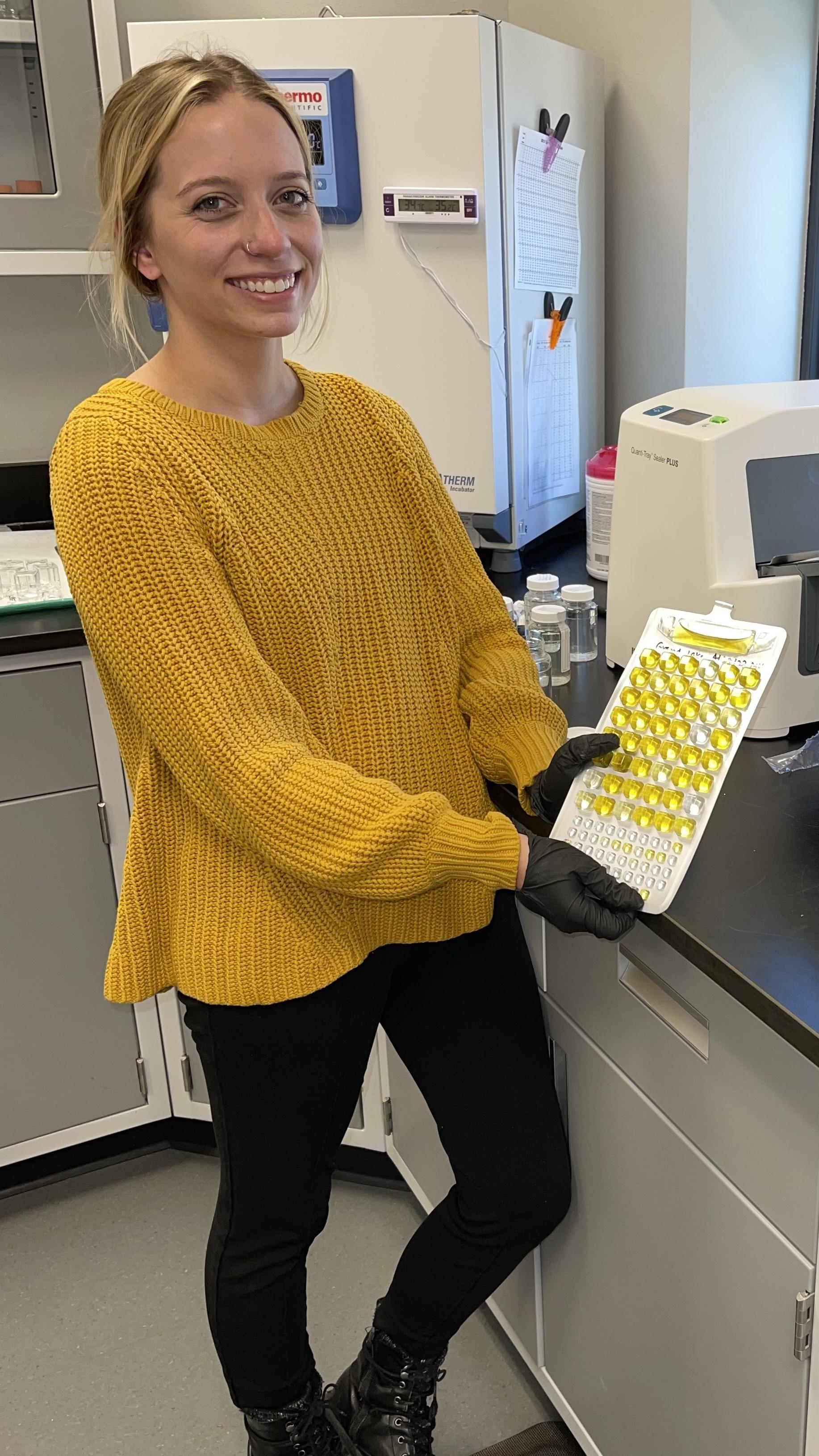
Each year the Town of Estes Park Water Division releases a Consumer Confidence Report or "Water Quality Report" to its water customers. The report includes information on the Town's water source, treatment facilities, health information and sampling results from the previous year. The report illustrates that the Town of Estes Park continues to surpass strict federal and state standards and provides residents and visitors to the community with the very best drinking water possible.
Estes Park surpasses strict federal and state standards to provide customers with high-quality drinking water.
2024 Consumer Confidence Report - Published June 2024
2023 - 2024 Water Distribution Profile
For more information please contact Deb Callahan, Water Quality and Laboratory Supervisor, at 970-577-3624 or dcallahan@estes.org.
- With questions across the country about lead in drinking water, should I be concerned about the Town of Estes Park's water quality?
-
The Town is very proud to remind the community that the Water Division works around the clock to provide high-quality water to our customers. We continually surpass strict federal and state standards to provide the very best drinking water possible. Lead is a common metal found in the environment, and although the main sources of exposure are from lead-based paint and contaminated dust or soil, drinking water can be a possible source of lead exposure. Lead is not found in the Town's source water but gets into the drinking water after the water leaves the treatment plant and comes into contact with household plumbing materials containing lead. These can include lead pipes, solder, faucets, valves and other components containing brass. By federal law, water utilities like the Town are required to have a corrosion control program to minimize lead in your drinking water. This program began in the late 1980s and involves adding a chemical that coats pipes and plumbing fixtures to prevent water from corroding the metals. This program includes ongoing monitoring of the treatment chemicals, the distribution system, and households in our community to ensure that the corrosion control is effective. During annual testing in 2021, we sampled 30 homes built between 1982 and 1986. Homes are tested versus businesses because lead poisoning is a chronic condition that occurs over long periods of time and most people are drinking water from their homes daily. Federal requirements mandate that we report the value at the 90th percentile, which was 1.0 parts per billion (ppb) of lead. The highest value we saw in all the homes tested in 2021 was 3.4 ppb in one home. The EPA's action level for lead is 15 ppb. These samples were taken after the water sat undisturbed in the plumbing for at least 6 hours to give the water an opportunity to react -- allowing a "worst case" scenario for our testing. Because the test results for lead in our water system have consistently been low, CDPHE has allowed us to reduce monitoring from annually to every 3 years. We will be performing this analysis again in 2024.
- How do I know if water from my tap contains lead? What should I do?
-
Because lead is NOT found in the Town's source water NOR in treated water leaving the treatment plants, but is sometimes found in plumbing fixtures in private properties, homeowners or business owners can test and mitigate the concerns themselves. A licensed plumber can inspect fixtures to determine if any lead sources are present, and a state-approved laboratory can test private water services to determine if lead is present in the customer's water. If testing at a private property shows lead levels of 15 ppb or higher, the EPA recommends taking precautions like flushing the tap for 30 seconds or more, using only cold water for drinking and cooking, and considering purchasing bottled water or a water filter. Flushing the tap is the easiest and most cost effective way to reduce lead if the customer is concerned.
- Does the Town do anything to help keep lead from leaching into the water?
-
The Town's main distribution lines are made of ductile iron, cast iron and galvanized steel, which are not a concern when it comes to lead. In addition, our corrosion control program is designed to coat the pipes and lead solder to reduce the amount of lead, anywhere in the system, that is able to leach into the water.